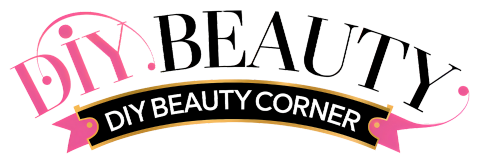Homemade face masks are a great way to take care of your skin without breaking the bank. Blackheads, in particular, can be a pesky problem that many people face. While there are a variety of products available on the market that claim to get rid of blackheads, making your own face masks at home can be just as effective and much more affordable.
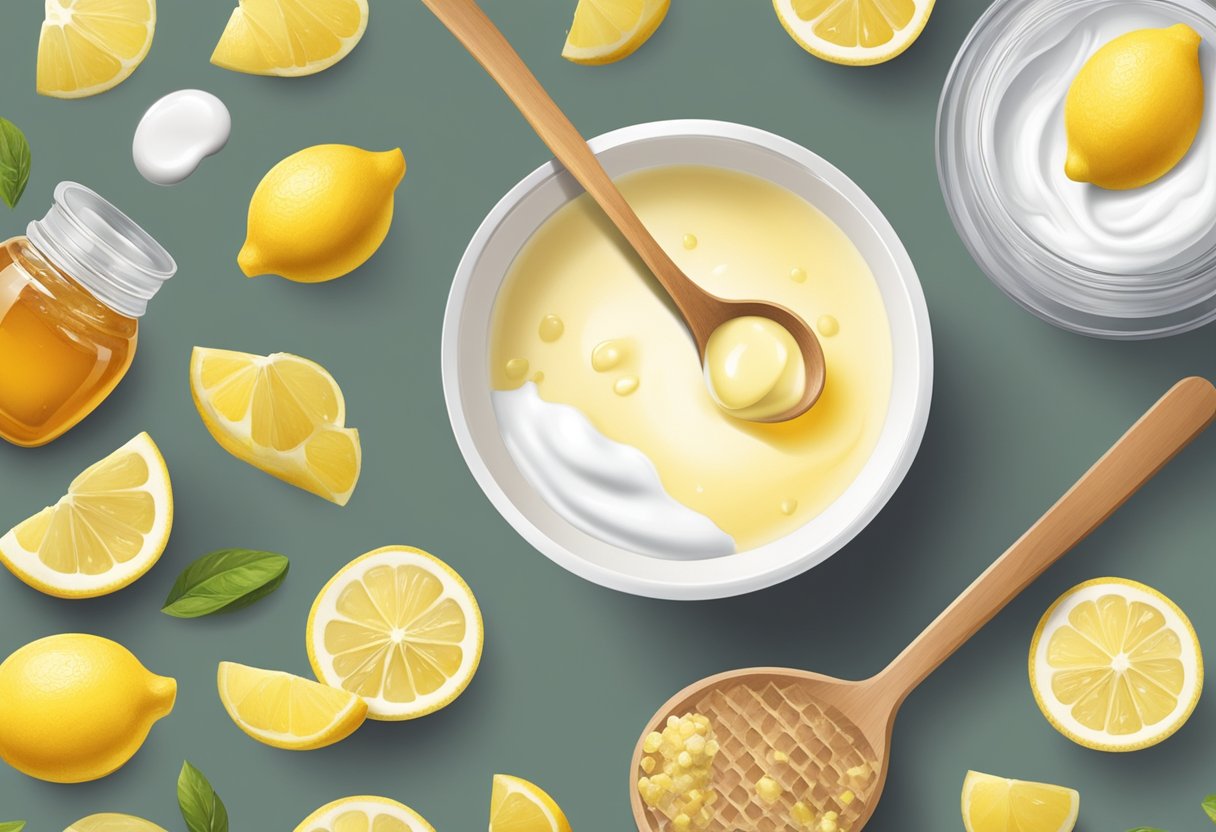
When it comes to creating a homemade face mask for blackheads, there are several ingredients that are known to be effective. Charcoal, for example, is a popular ingredient in many blackhead removal products due to its ability to draw out impurities from the skin. Honey is another common ingredient that is known for its antibacterial properties, which can help to prevent breakouts and keep the skin clear.
While making your own face masks can be a fun and affordable way to care for your skin, it is important to keep in mind that not all ingredients are suitable for every skin type. It is always a good idea to do a patch test on a small area of skin before applying a new face mask all over your face. Additionally, if you have particularly sensitive skin or are prone to allergies, it may be best to consult with a dermatologist before trying any new skincare products.
Understanding Blackheads
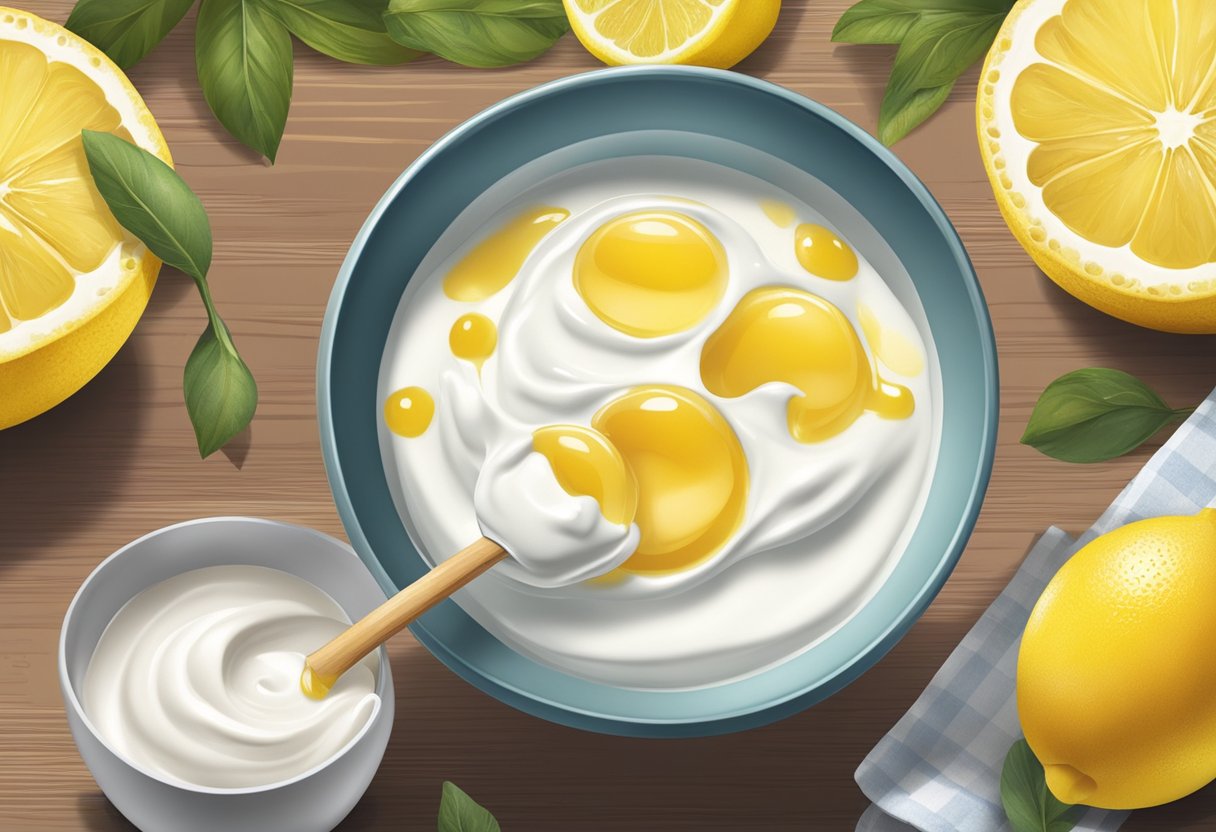
Blackheads are a common skin problem that affects many people, especially those with oily skin. They are small, dark bumps that appear on the skin’s surface, particularly on the nose, chin, and forehead. Blackheads are a type of acne, but they are not inflamed like pimples or cysts.
Causes of Blackheads
Blackheads are caused by the buildup of excess oil, dead skin cells, and bacteria in the pores. When the pores become clogged, the oil and dead skin cells mix together and form a plug. The plug then oxidizes when it comes into contact with air, turning black. Hormonal changes, genetics, and certain medications can also contribute to the development of blackheads.
Effects on Skin Health
Blackheads can be unsightly and can lower self-esteem, but they do not pose any serious health risks. However, leaving blackheads untreated can lead to more severe acne breakouts, which can cause scarring and damage to the skin. It is important to treat blackheads promptly to prevent further skin problems.
Regularly exfoliating the skin and using non-comedogenic products can help prevent blackheads from forming. Additionally, using homemade face masks for blackheads can help remove existing blackheads and prevent new ones from forming. By understanding the causes and effects of blackheads, individuals can take steps to manage and prevent them.
Preparation for Homemade Masks
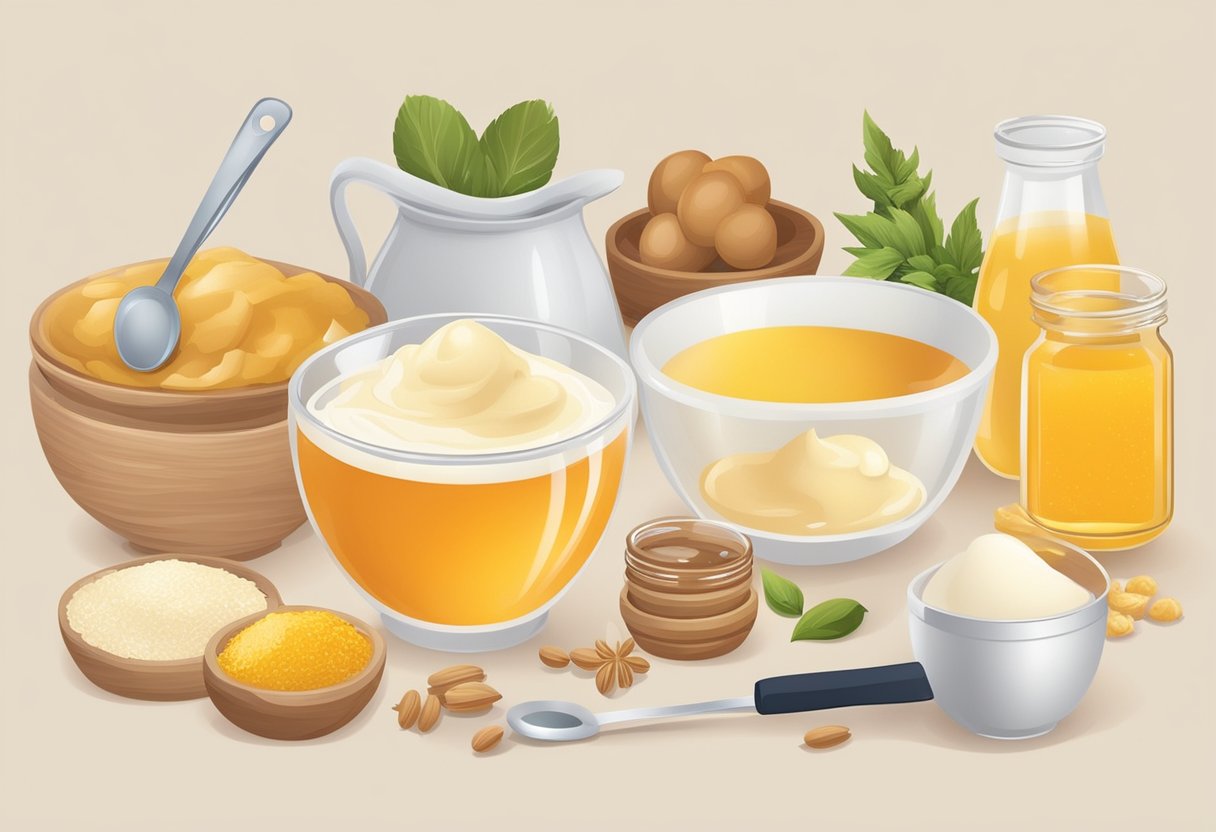
Gathering Necessary Ingredients
Before starting to make homemade face masks for blackheads, it is essential to gather all the necessary ingredients. The ingredients for a blackhead face mask should include natural ingredients such as witch hazel, tea tree oil, activated charcoal, cucumber juice, turmeric, honey, lemon, gelatin, milk, and egg whites. These ingredients are readily available in most grocery stores or online.
It is important to ensure that the ingredients used are fresh and of high quality to achieve the desired results. It is also essential to ensure that the ingredients are suitable for the skin type of the person who will be using the mask. For instance, people with sensitive skin should avoid ingredients that may cause irritation or allergic reactions.
Tools and Equipment Needed
Apart from the ingredients, it is also important to have the right tools and equipment when making homemade face masks for blackheads. Some of the necessary tools and equipment include:
- A mixing bowl and spoon
- Measuring cups and spoons
- A double boiler or microwave-safe container
- A soft-bristled brush for application
- A small pot for boiling water
It is essential to ensure that all the tools and equipment are clean and dry before use. This is to prevent contamination and ensure that the face mask is safe for use. Using the right tools and equipment will also make the process of making the face mask easier and more efficient.
By gathering all the necessary ingredients and tools, one can prepare to make homemade face masks for blackheads. It is important to follow the instructions carefully and ensure that the ingredients used are suitable for the skin type of the person who will be using the mask.
Natural Ingredients and Their Benefits
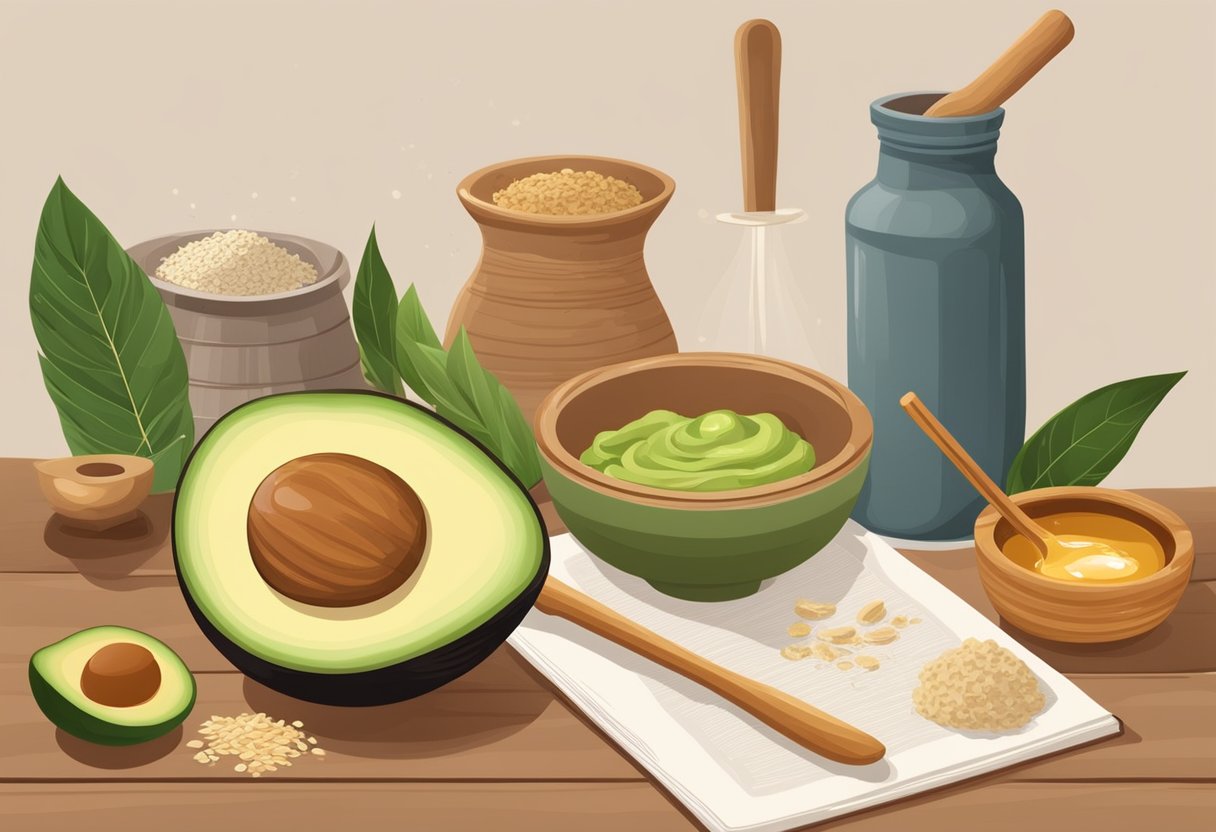
Activated Charcoal
Activated charcoal is a popular ingredient in many face masks for blackheads. It works by absorbing impurities and excess oil from the skin, which can help to unclog pores and prevent blackheads from forming. Activated charcoal is also known for its ability to detoxify the skin and improve its overall appearance.
Clay
Clay is another common ingredient in homemade face masks for blackheads. It works by drawing out impurities and excess oil from the skin, which can help to unclog pores and prevent blackheads from forming. Clay is also known for its ability to exfoliate the skin and improve its texture.
Honey
Honey is a natural antimicrobial and anti-inflammatory ingredient that can help to reduce redness and irritation. It has also been shown to help with exfoliation and keep the skin moisturized. Honey is a great ingredient to use in face masks for blackheads because it can help to soothe the skin and prevent further breakouts.
Tea Tree Oil
Tea tree oil is a natural antiseptic and anti-inflammatory ingredient that can help to reduce inflammation and prevent infection. It is also known for its ability to unclog pores and prevent blackheads from forming. Tea tree oil is a great ingredient to use in face masks for blackheads because it can help to prevent further breakouts and improve the overall health of the skin.
In summary, natural ingredients such as activated charcoal, clay, honey, and tea tree oil can be very beneficial in homemade face masks for blackheads. These ingredients can help to unclog pores, prevent blackheads from forming, and improve the overall appearance and health of the skin.
Step-By-Step Mask Recipes
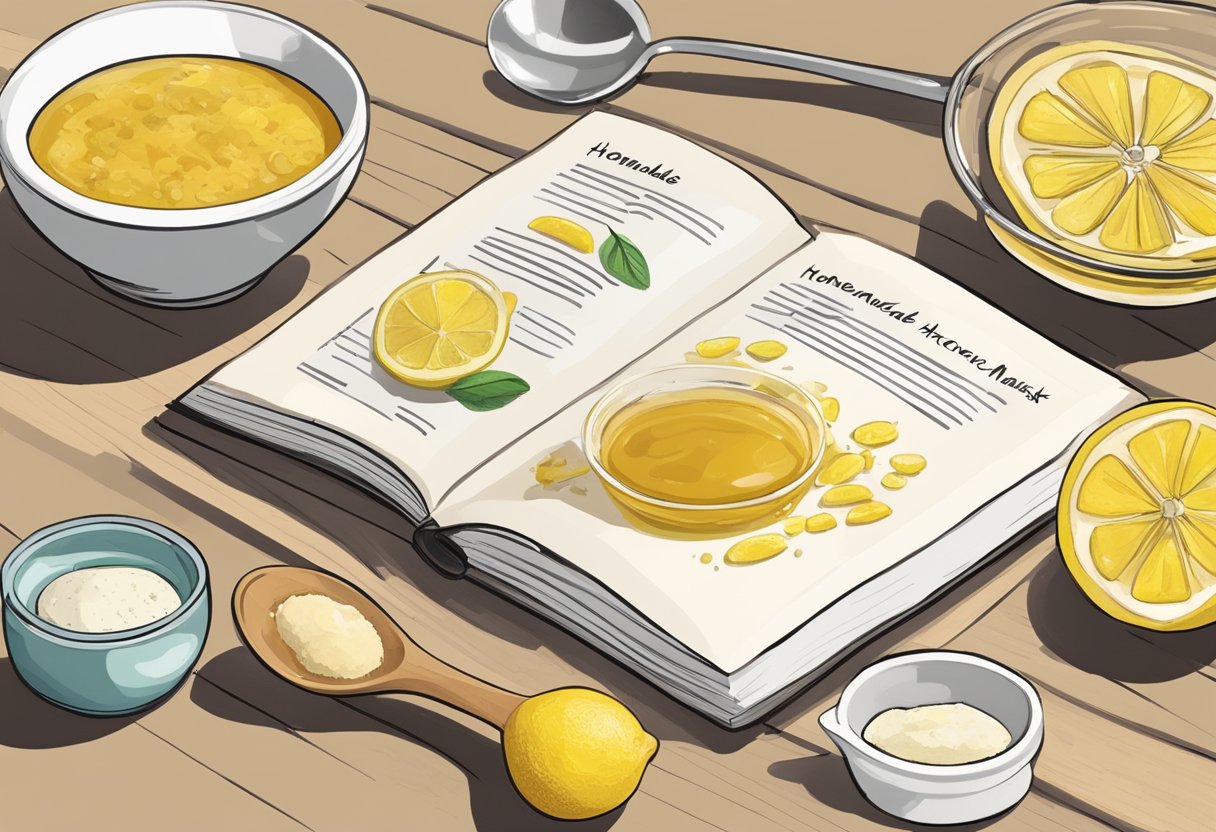
Making homemade face masks is a great way to pamper your skin and get rid of blackheads. Here are three easy and effective mask recipes that you can try at home:
Charcoal and Clay Mask
This mask is great for oily and acne-prone skin. Charcoal and clay work together to draw out impurities and excess oil from your pores.
Ingredients:
- 1 tablespoon activated charcoal powder
- 1 tablespoon bentonite clay
- 1 tablespoon apple cider vinegar
- 1 tablespoon water
Instructions:
- In a small bowl, mix together charcoal powder and bentonite clay.
- Add apple cider vinegar and water to the mixture and stir until you have a smooth paste.
- Apply the mask to your face, avoiding the eye area.
- Leave the mask on for 10-15 minutes, or until it dries.
- Rinse off the mask with warm water and pat your face dry.
Honey and Milk Mask
This mask is great for dry and sensitive skin. Honey is known for its antibacterial properties, while milk helps to soothe and moisturize your skin.
Ingredients:
- 1 tablespoon honey
- 1 tablespoon milk
Instructions:
- In a small bowl, mix together honey and milk.
- Apply the mask to your face, avoiding the eye area.
- Leave the mask on for 15-20 minutes.
- Rinse off the mask with warm water and pat your face dry.
Oatmeal and Yogurt Mask
This mask is great for all skin types. Oatmeal helps to exfoliate your skin and absorb excess oil, while yogurt helps to soothe and moisturize.
Ingredients:
- 1 tablespoon ground oatmeal
- 1 tablespoon plain yogurt
Instructions:
- In a small bowl, mix together ground oatmeal and plain yogurt.
- Apply the mask to your face, avoiding the eye area.
- Leave the mask on for 10-15 minutes.
- Rinse off the mask with warm water and pat your face dry.
These homemade face masks are easy to make and use natural ingredients that are good for your skin. Try them out and see the difference they can make in getting rid of blackheads.
Application Tips for Optimal Results
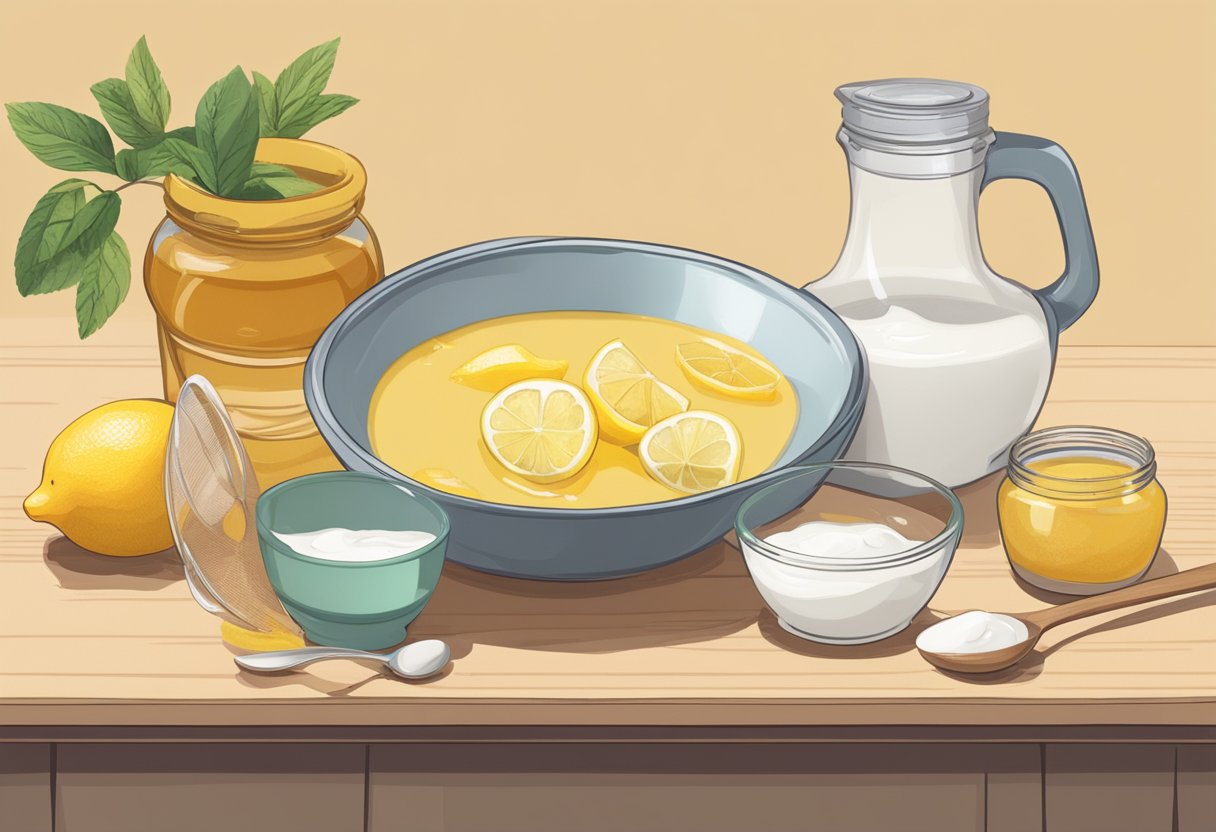
Proper Face Cleansing
Before applying any face mask, it is important to properly cleanse the face to remove any dirt, oil, or makeup residue. This can be done by washing the face with a gentle cleanser and warm water, or by using a toner to remove any excess oil or impurities. This step helps to prepare the skin for the mask and ensures that it can penetrate deeply into the pores.
Mask Application Technique
To apply the face mask, it is recommended to use a clean brush or your fingertips. Apply the mask evenly to the face, avoiding the eye and lip areas. It is important to apply a thick layer of the mask to ensure that it can effectively remove blackheads and impurities. Gently massage the mask into the skin in circular motions to help it penetrate deeply into the pores.
Timing and Frequency
The timing and frequency of face mask application is important for optimal results. Most homemade face masks for blackheads should be left on for 10-15 minutes, or until the mask is completely dry. It is important not to leave the mask on for too long, as this can cause irritation or dryness. Use the mask once or twice a week for best results, as overuse can also lead to dryness or irritation.
Overall, applying a homemade face mask for blackheads can be an effective way to remove impurities and achieve clearer, smoother skin. By following these application tips, you can ensure that your face mask is applied correctly and safely for optimal results.
Safety Considerations and Allergies
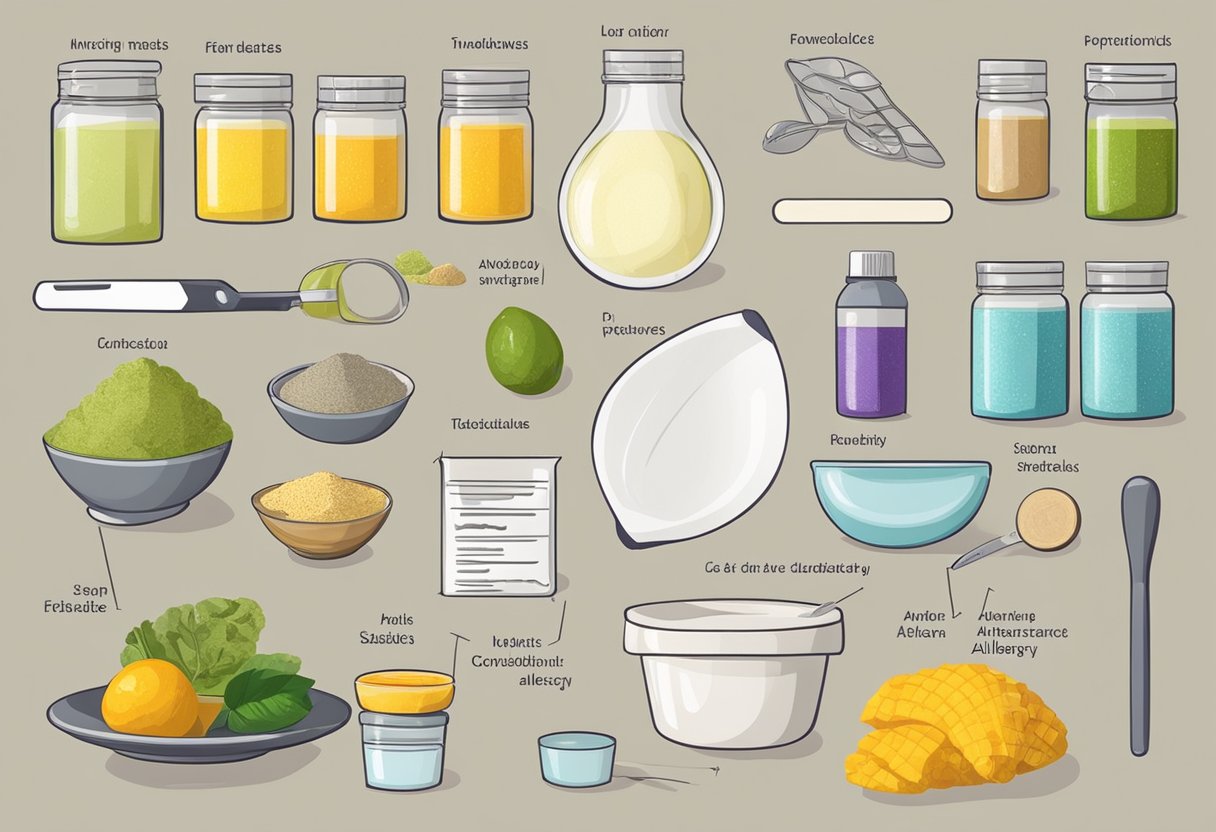
When making homemade face masks for blackheads, it is important to consider safety and potential allergies. Here are some factors to keep in mind:
Patch Testing for Allergies
Before applying a new face mask, it is recommended to perform a patch test to check for any allergic reactions. To do this, apply a small amount of the mask to the inside of the elbow or behind the ear and leave it on for 10-15 minutes. If there is any redness, itching, or swelling, do not use the mask on the face.
Recognizing Skin Irritation and When to Seek Help
While homemade face masks for blackheads can be beneficial for the skin, they can also cause irritation in some cases. If the skin becomes red, itchy, or inflamed after using a face mask, discontinue use immediately. It is also important to seek medical attention if the irritation persists or worsens.
In addition to patch testing, it is recommended to follow these safety tips when making and using homemade face masks:
- Use clean and sterilized equipment and ingredients to avoid contamination.
- Do not use ingredients that are expired or that have changed in color or smell.
- Do not apply face masks to broken or irritated skin.
- Do not leave face masks on for longer than recommended to avoid over-drying or irritating the skin.
By following these safety considerations and being aware of potential allergies, individuals can safely and effectively make and use homemade face masks for blackheads.
Frequently Asked Questions
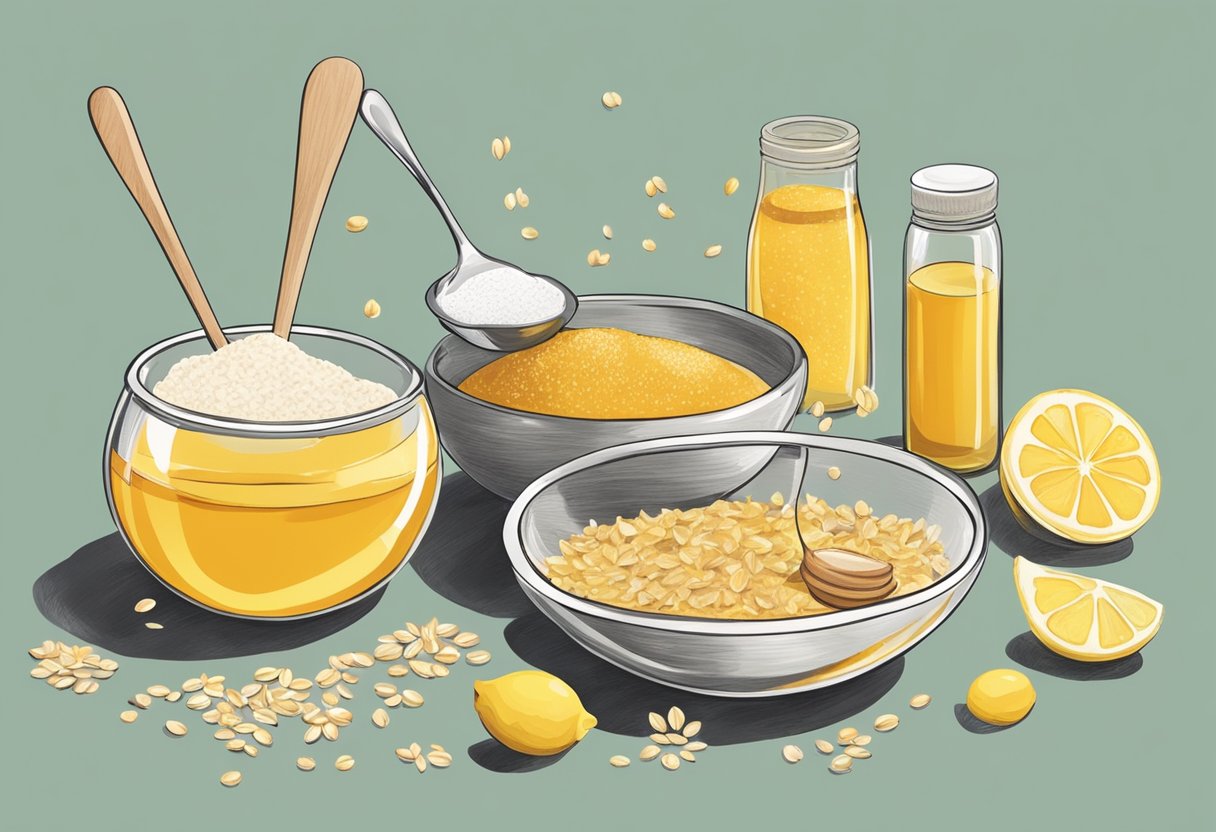
What natural ingredients can be used to create an effective face mask for blackheads?
There are several natural ingredients that can be used to create an effective face mask for blackheads. Activated charcoal is a popular ingredient that can help to draw out impurities and unclog pores. Other ingredients that can be used include bentonite clay, tea tree oil, honey, and aloe vera.
How can I prepare a DIY peel-off mask for removing blackheads and whiteheads?
To prepare a DIY peel-off mask for removing blackheads and whiteheads, you will need to mix together some gelatin powder and milk. Heat the mixture until the gelatin is dissolved, and then apply it to your face in a thin layer. Allow the mask to dry completely before peeling it off.
Which homemade face mask recipes are best for treating blackheads and pimples simultaneously?
Some of the best homemade face mask recipes for treating blackheads and pimples simultaneously include masks that contain honey, tea tree oil, and turmeric. These ingredients have antibacterial properties that can help to kill the bacteria that cause acne and blackheads.
How can I formulate a homemade mask for unclogging pores and preventing blackheads?
To formulate a homemade mask for unclogging pores and preventing blackheads, you can use ingredients such as activated charcoal, bentonite clay, and apple cider vinegar. These ingredients can help to draw out impurities and unclog pores, while also exfoliating the skin.
What are the most effective DIY blackhead remover strips and how are they made?
One of the most effective DIY blackhead remover strips is made with egg whites and tissue paper. To make this strip, you will need to separate an egg white from the yolk, and then apply a thin layer of the egg white to your face. Place a layer of tissue paper over the egg white, and then apply another layer of egg white on top of the tissue paper. Allow the strip to dry completely before peeling it off.
